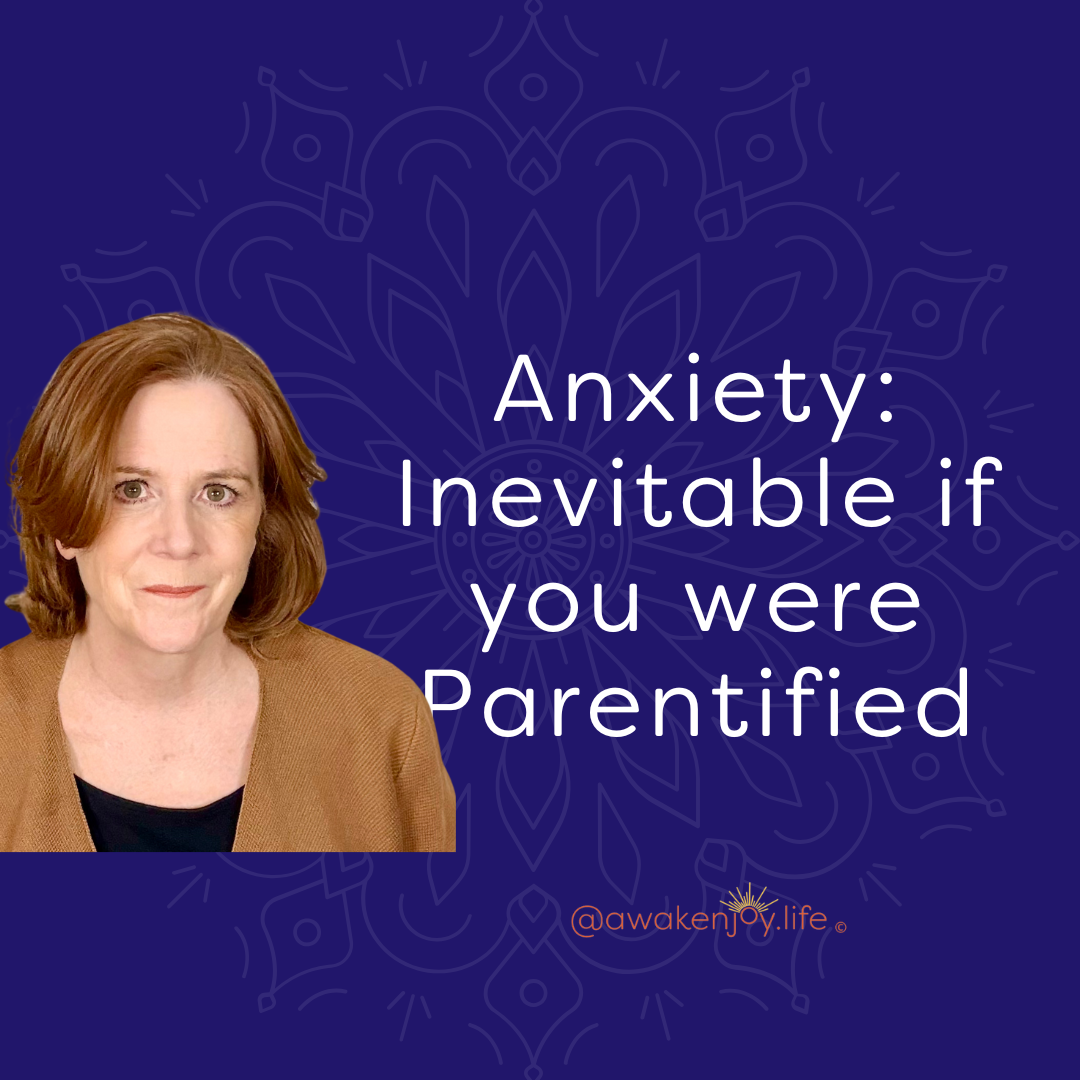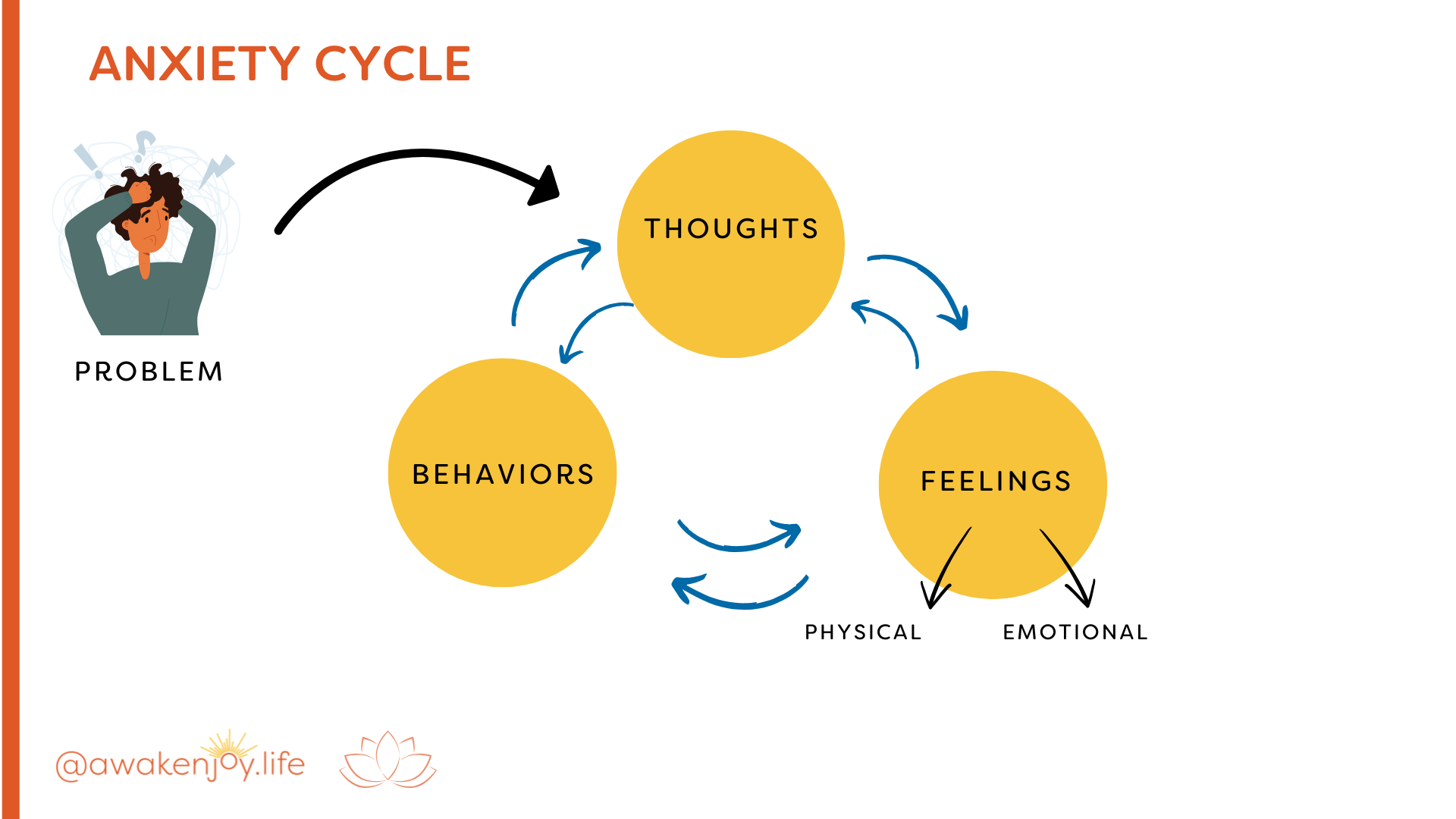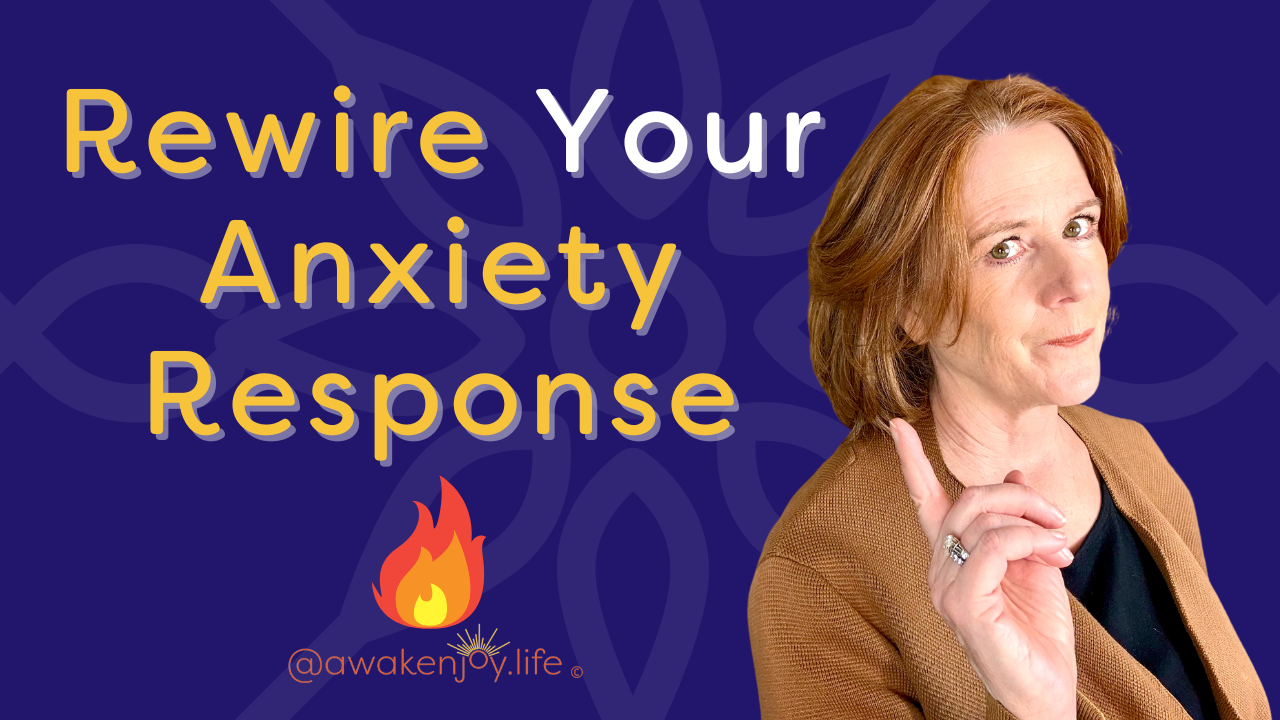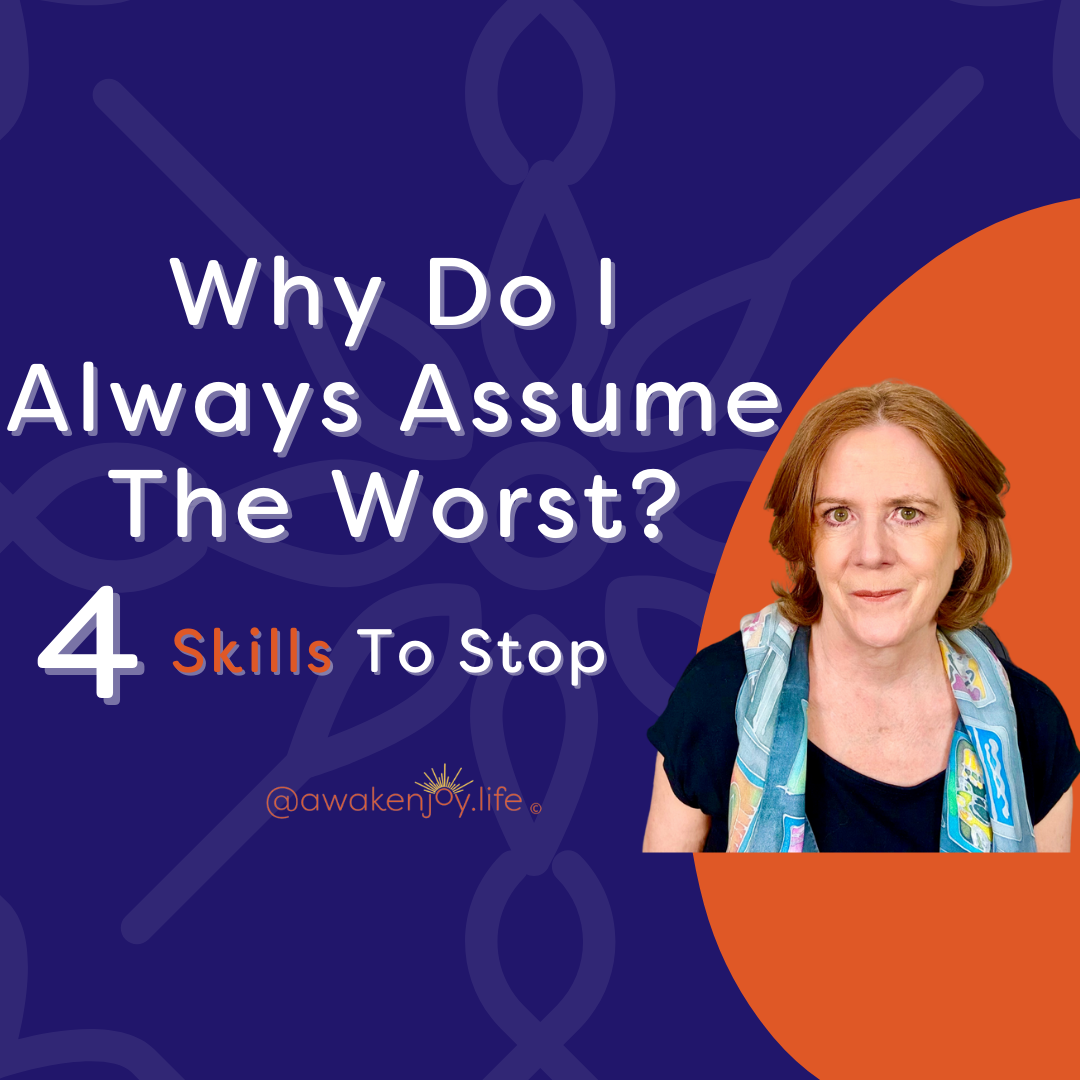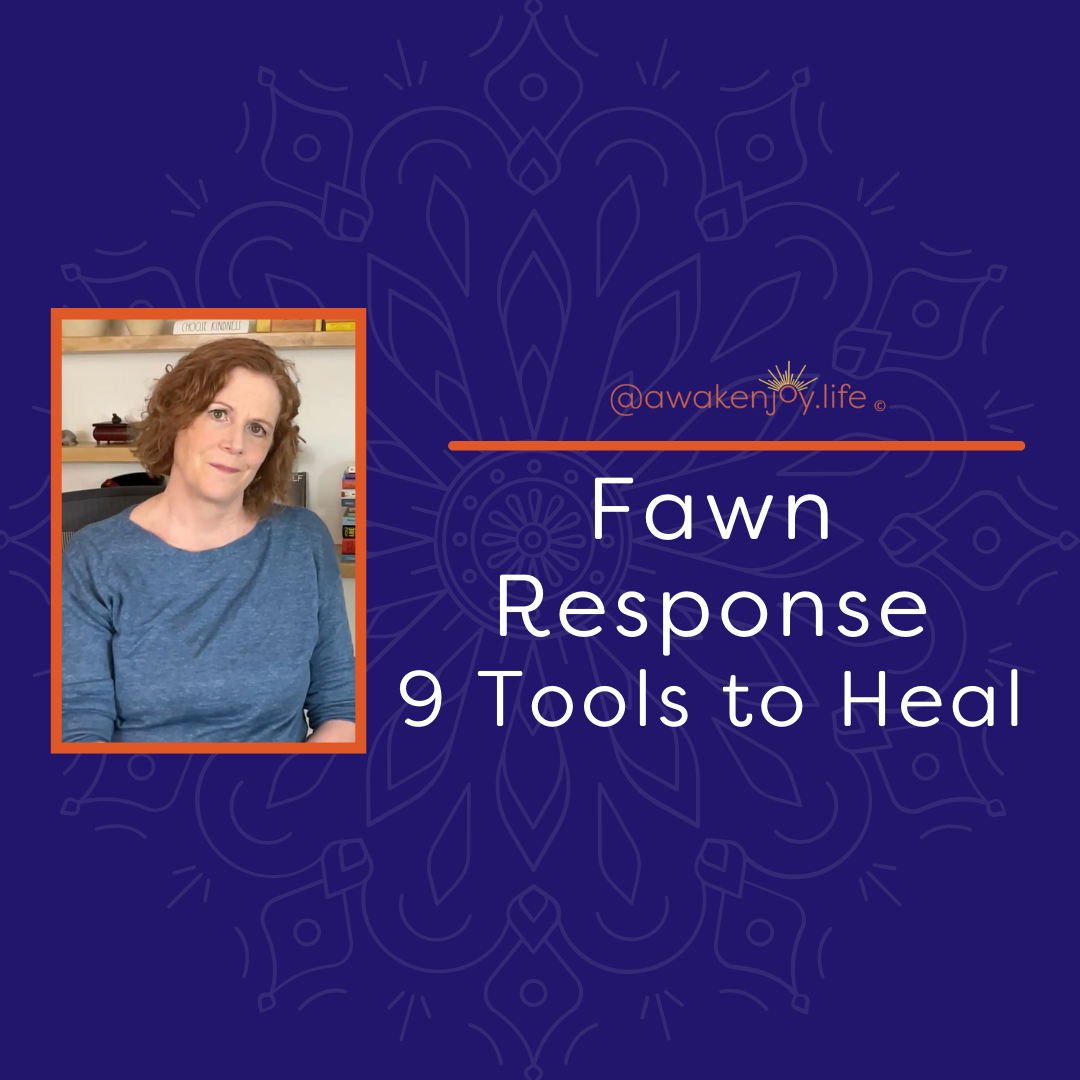Challenging Negative Thoughts

Are you tired of your negative thinking
and how much it's holding you back in life?

Our negative thinking can make us feel totally weighed down and oppressed. We feel hopeless and unmotivated.
Or it can feel like it's attacking us all the time. And when we feel like we're being attacked, we get defensive. We go into our fight, flight, freeze mode, generating stress chemicals, and feeling anxious.
In this blog, I'm going to help you understand how you can shift this type of thinking. I will give you some concepts to work with as well as some practical tools. And I think my approach on this will be different from other approaches you've seen because I talk about the emotional regulation piece that's very important and we’ll go to the deeper issues.
Our goal will be to disempower the negative thoughts. Diffusing the power that those thoughts currently have will dramatically shift how you think and feel. You might want to “get rid” of the thoughts altogether, but disempowering them has been shown to be more effective.
Concept #1: Emotional Regulation
When you are hit with a bunch of negative thinking, the first thing I would like to ask you to do is to check in with your mood and your level of reactivity.
Regulating our emotions is key to working with our thoughts. How we feel impacts how we think and behave. And, of course, how we think impacts how we feel and behave, and how we behave impacts how we think and feel. We are all connected.
An example: You have a fight with someone you love and care about, and you are really, really angry at them. Your thoughts might turn to, “I never want to see this person again.” If you're dating, it could be “I want to break up.”
However, the fight resolves. Things calm down. You wake up the next morning and you are totally in love again. You can't believe you thought about breaking up. You might still be mad at something the person did, but it is no longer condemning the entire person.
Put a comment below if you can relate to this example.
I know this has happened more often to me than I would want to admit!
When you step back to assess your mood, you realize that your thoughts are momentary. Your thoughts are not facts. Your thoughts might be opinions for that moment when you're in that mood, but you might think the opposite within a relatively short amount of time.
Assessing your reactivity is super important because when we are reactive in a situation, we go into our fight, flight, freeze mode. And this is an old part of our brain that cares only about survival, and it kicks us into fight, flight, or freeze mode in order to survive. It generates tons of stress chemicals and narrows our thinking so we lose all perspective.
If you find that you're in a very reactive state, doing those things that can help you reset physiologically is very helpful. Going for a walk, talking to a friend, breathing diaphragmatically, whatever helps you reset is the first thing to do.
Remember that our reactivity as well as our moods are physical as well as emotional.
I know this isn't easy, but if we can separate enough from the situation
physically, simply calming our physical body, it can have a huge impact.
Concept #2: Distance From Your Thoughts
So the main concept to keep in mind when we start talking about challenging negative thoughts, and hopefully replacing them, is the feeling of distance from your thoughts.
So you may have heard this referred to as Cognitive Distancing within CBT or Cognitive Defusion in Acceptance and Commitment Therapy (ACT Therapy). This was also a concept utilized more than 2000 years ago in Ancient Greece and Rome by the Stoics who were focused on figuring out how to live a happy life. And even earlier, this concept was a core component of Buddhist thinking: that by watching our thoughts and not totally buying into them, we could improve our happiness. So, I just give you that background so you know this is a well developed concept, part of many wisdom traditions.
So let's talk about five techniques to distance from your thoughts.
#1 Method to Distance From Your Thoughts: Observe the Patterns
When you're in a negative thinking mode, what are the themes that are driving that negative thinking? How familiar are those to you? If you can jot down or somehow note the typical patterns, it will help you begin to see the patterns and you can say to yourself, “Oh yeah, there I go again.”
“There I go again with negative thinking about the future.”
Or “There I go again thinking I'm not good enough.”
So these patterns were probably developed very, very early and they are often subconscious. We may not even be aware of them until we begin to observe our thoughts and think through the patterns.
Observing your thoughts is facilitated through psychotherapy, meditation, mindfulness, and practice, practice, practice.
#2 Method to Distance From Your Thoughts: Label Your Thoughts
What category of thought does this negative thought fall into? Is it about the future? Is it about worrying what people think about you? Is it rumination? Is it anxiety?
You can come up with a variety of labels, but just the act of labeling the thought helps.
You can observe and say to yourself, “This thought is rumination”
Or “This thought is about projecting the future.”
Labeling thoughts enables us to look at them and not be totally in them.
When we're totally in our thoughts, we are fused with our thoughts.
Next week I’ll be coming out with a video and blog on cognitive diffusion and fusion. In the meantime, cognitive fusion is when your thoughts
become you.
I can relate to this because there were times in my life during which I frequently catastrophized about the future. When that happened, if was almost as if I was living it. I could see the entire thing unfold, my body was feeling the stress chemicals, sometimes I could even cry. About something that hadn’t happened…
I had all the stress chemicals churning as if it were happening and it wasn't happening. So that's cognitive fusion.
#3 Method to Distance From Your Thoughts: Create Folders for Different Types of Thoughts
I think this is a fun one because we're all used to creating folders. Many of us no longer create them physically in file drawers, but we create them on our computers.
Either way, you can create folders in your mind and label them with your most common cognitive distortions. You could have one folder for catastrophizing and another for magical thinking, if those are your “go-to’s”.
Picture these folders in your file cabinet or on your computer. And whenever you have a thought that falls into that category, visualize peeling it out of your brain and putting it in the folder. Repeat with each thought. Peel it out, put it in the folder.
#4 Method to Distance From Your Thoughts: Zoom Out
Another technique that I love is zooming out.
Picture the event that's happening that is giving you negative thoughts, or picture the event that your negative thoughts are creating.
Picture the event on a TV.
Visualize that TV and that entire event getting further and further and further away from you. So it gets smaller and smaller and smaller.
And when the TV is far in the distance, take a deep breath, look around yourself, see what else is around. Breathe in the sights, smells, and sounds that are actually around you, the things that are actually happening right now, in this moment.
#5 Method to Distance From Your Thoughts: Go Deeper
The four techniques above won't solve this problem fully. They're great things to practice and it's great to integrate them into your other self-help techniques. The more you practice these, the more you will feel a transformation.
However, since for so many of us, the negative thinking came from very early negative experiences, it is deeply embedded in the older parts of our brain. This makes it very hard to control that reactivity that we talked about because these thoughts just go: Boom! Right to the amygdala.
Often to really change negative thinking and habits that aren't serving, you have to go deeper than simply the cognitive behavioral work. And most of the work I put out online, and then definitely my online programs bring you to that deeper level.
Identifying the core negative beliefs underneath your negative thinking and then learning to rewire these beliefs is critical. Understanding why these beliefs developed will help you have self-compassion, which facilitates healing.
I'm coming out with a new program this November, the first live program I've done in two years. This program,
Break Free: Overcome Negative Beliefs, is designed to give you a breakthrough in three weeks. I’ll guide you, in a gentle and compassionate manner, to identify exactly what your core belief is, and to understand how and why it developed. We’ll then develop a reasonably stated positive core belief which you can work with and strengthen through specific techniques we will practice together. I'd love to have you join me!
When you investigate these beliefs in a deep way, you will develop self-compassion, a key for healing. And that's how you're going to begin to transform this stuff on a really deep level.
Whether you do this work with me, or through traditional therapy or in another manner, I encourage you to do the work! You are WORTH IT!
Blog Author: Barbara Heffernan, LCSW, MBA. Barbara is a licensed psychotherapist and specialist in anxiety, trauma, and healthy boundaries. She had a private practice in Connecticut for twenty years before starting her popular YouTube channel designed to help people around the world live a more joyful life. Barbara has a BA from Yale University, an MBA from Columbia University and an MSW from SCSU. More info on Barbara can be found on her bio page.
Share this with someone who can benefit from this blog!
